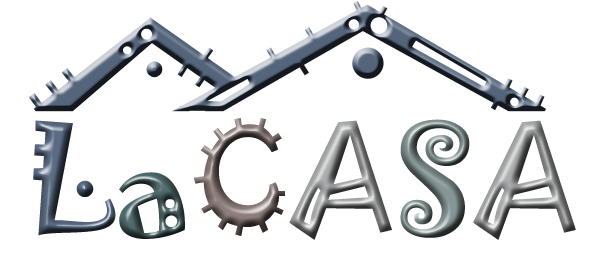An exponential growth of data traffic that originates on mobile devices and a shift toward cloud computing necessitate finding new approaches to optimize file transfers. Whereas compression utilities can improve effective throughput and energy-efficiency of file transfers between edge devices (mobiles and workstations) and the cloud, finding a best-performing or most energy-efficient transfer mode for a given file is a challenging task. To address this challenge, we introduce a framework for optimizing file transfers between the edge devices and the cloud. The framework utilizes agents running on the edge devices and the cloud that are responsible for selecting an effective transfer mode by considering characteristics of data to be transferred (size, type), edge device performance and energy efficiency, and network conditions (effective network throughput and connection set up time). The framework utilizes common or data specific compression utilities for its compressed modes of data transfers. The framework promise to improve the efficiency of data transfers (in throughput, energy efficiency, and cost) in several important classes of applications and uses, such as:
-
Mobile applications stores and software repositories (e.g. Apple App Store, Google Play);
-
File distribution in the cloud (e.g. Dropbox, Google Drive);
-
HTTP compression (server: NGINX, Apache; client: web-browsers);
-
Collection and transfer of mHealth data files to and from the cloud;
-
Big data and scientific data offload to more computationally intensive distributed centers and cloud instances.
Relevant publications: [IEEE.PIMRC'17] [IEEE.ICCCN'16] [IEEE.HealthCom'15b] [IEEE.ICCCN'15] [IEEE.MASCOTS'13] [IEEE.ISPASS'13] [ACM.SE'13]
